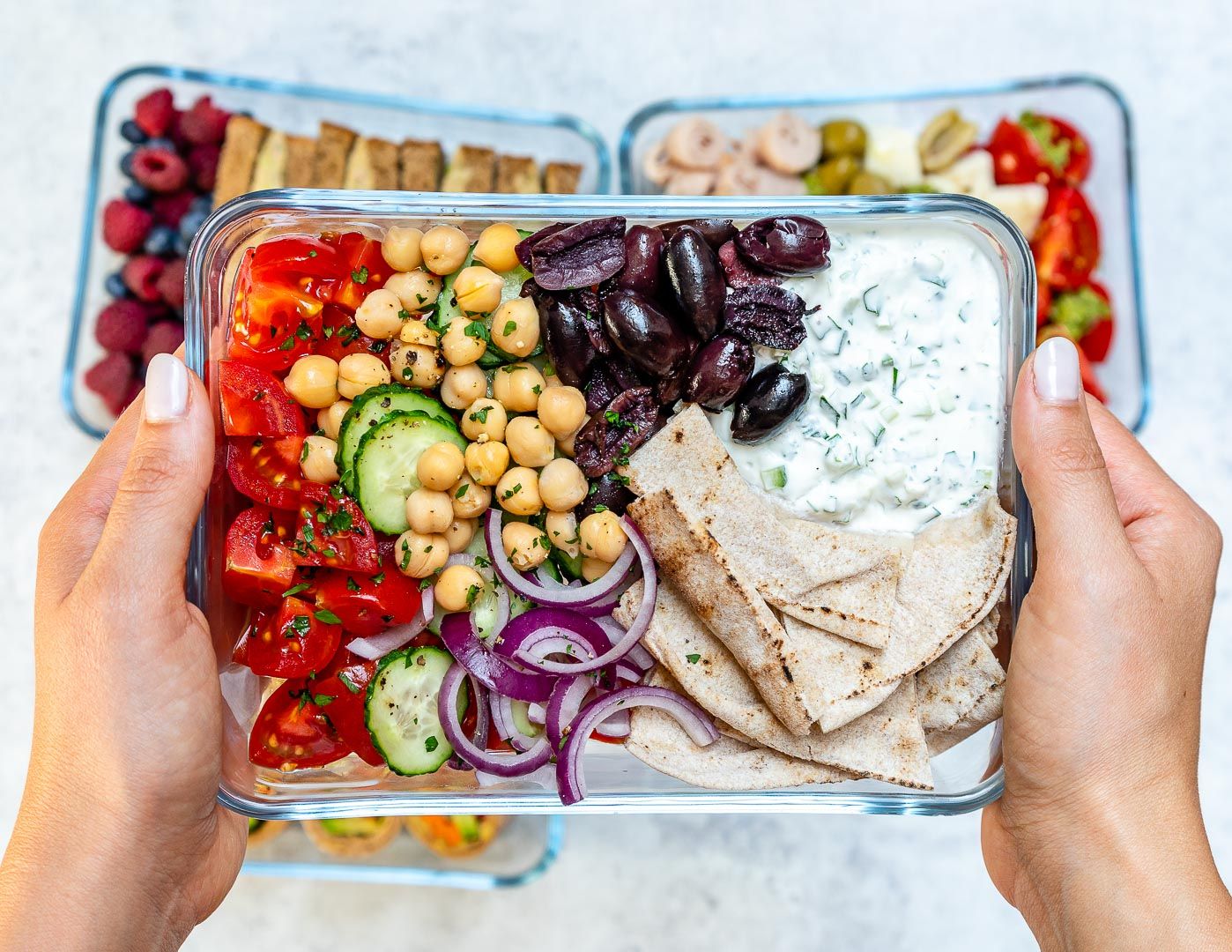

Articles
How To Keep Food Cold In A Lunch Box
Modified: August 27, 2024
Discover helpful articles on how to keep food cold in your lunch box. Expert tips and tricks to ensure freshness and safety.
(Many of the links in this article redirect to a specific reviewed product. Your purchase of these products through affiliate links helps to generate commission for Storables.com, at no extra cost. Learn more)
Introduction
Keeping food cold in a lunch box is crucial for maintaining its freshness and ensuring it remains safe to eat. Whether you’re packing a lunch for school, work, or a picnic, properly storing perishable food items is essential to prevent bacterial growth and maintain quality.
When food is exposed to warm temperatures, bacteria can multiply rapidly, leading to the risk of foodborne illnesses. This is why it’s important to take extra precautions to keep your lunch cool, especially if you don’t have access to a refrigerator.
In this article, we will explore the importance of keeping food cold in a lunch box and provide you with valuable tips and strategies to ensure your packed meals stay fresh and safe.
Key Takeaways:
- Keep your food cold in a lunch box by using an insulated lunch box, frozen ice packs, and pre-freezing food items. These methods help maintain freshness, prevent bacterial growth, and ensure a safe and enjoyable meal on the go.
- Consider utilizing reusable ice cubes, storing the lunch box in a cool place, and using a thermos for beverages to keep your packed lunches cold and refreshing. These simple yet effective strategies help maintain food safety and extend the freshness of your meals.
Read more: How To Keep Bento Lunch Box Cold
Importance of Keeping Food Cold in a Lunch Box
Properly storing and keeping food cold in a lunch box is vital for several reasons:
- Foodsafety: Keeping perishable food items at the correct temperature inhibits the growth of harmful bacteria, reducing the risk of foodborne illnesses. Cold temperatures slow down bacterial growth, ensuring that your packed lunch stays safe to eat.
- Freshness: Cold temperatures help maintain the freshness of foods and prevent them from spoiling. By keeping your lunch items cool, you can preserve their texture, flavor, and nutritional value.
- Taste and texture: Many food items, such as salads, fruits, and sandwiches, taste better when they’re chilled. Cold temperatures can enhance the taste and texture of these foods, making your lunchtime experience more enjoyable.
- Safety regulations: In some countries and workplaces, there are strict regulations regarding the safe storage of food. Keeping your lunch cold ensures compliance with these regulations and prevents any potential health and safety issues.
- Longer storage time: By keeping food cold, you can extend its shelf life and storage time. This is particularly important if you’re packing lunches ahead of time or if you want to bring leftovers for lunch.
By understanding the importance of keeping food cold in a lunch box, you can prioritize food safety, maintain freshness, and enjoy delicious meals even when you’re on the go.
Tips for Keeping Food Cold in a Lunch Box
Now that we understand why it’s important to keep food cold in a lunch box, let’s explore some practical tips to help you achieve this:
- Use an insulated lunch box: Investing in a good quality insulated lunch box is key. Look for a lunch box that has thick insulation and is designed to maintain cold temperatures. This will provide an extra layer of protection for your food.
- Pack frozen ice packs or gel packs: Frozen ice packs or gel packs are a great way to keep your lunch box cool. Place them in the lunch box alongside the food items to create a cold environment. They will slowly thaw throughout the day and keep the temperature low.
- Freeze the food or beverages beforehand: If possible, freeze items like sandwiches, yogurt, or drinks the night before. This will not only keep them cool, but they will also act as additional ice packs, helping to maintain a lower temperature in the lunch box.
- Wrap the lunch box in a cold towel: Before packing your lunch box, wrap it in a cold towel or cloth. This will provide an extra layer of insulation and help to keep the contents cooler for longer.
- Use reusable ice cubes: If you don’t have access to ice packs, use reusable ice cubes made of plastic or stainless steel. These cubes can be chilled in the freezer and placed in your lunch box to keep food cold. They are a more sustainable option compared to disposable ice packs.
- Keep the lunch box away from direct sunlight: Exposure to direct sunlight can quickly raise the temperature inside your lunch box. Keep it in a shaded or cool area to prevent heat transfer.
- Store the lunch box in a cool place: If you have access to a refrigerator or cooler at your workplace or school, store your lunch box there until it’s time to eat. This will help maintain the cold temperature of your food.
- Opt for insulated food containers: When packing food that needs to stay cold, choose insulated food containers. These containers provide an extra layer of insulation and keep your food chilled for a longer period.
- Use a thermos for storing hot or cold beverages: If you’re packing hot or cold beverages, use a thermos to keep them at the desired temperature. A well-insulated thermos can keep your drinks hot or cold for several hours.
- Consider using a lunch box with built-in cooling technology: Some lunch boxes on the market come with built-in cooling technology. These lunch boxes have a cooling element or utilize small fans to maintain a cold environment. They can be a convenient option for keeping your food cold on the go.
By implementing these tips, you can ensure that your packed lunches stay cool, fresh, and safe to eat throughout the day.
Use an Insulated Lunch Box
When it comes to keeping your food cold in a lunch box, choosing the right container is crucial. An insulated lunch box is a must-have item for ensuring that your packed meals stay cool and fresh.
An insulated lunch box is designed to provide thermal insulation, meaning it can help maintain the temperature of its contents. These lunch boxes typically have multiple layers with insulating materials, such as foam or thermal lining, that help to keep the cold air inside and prevent external heat from entering.
Here are a few reasons why using an insulated lunch box is beneficial:
- Temperature regulation: Insulated lunch boxes help create a stable and consistent temperature environment for your food. They can keep cold foods cold and hot foods hot for longer periods.
- Protection against external temperature: One of the primary advantages of an insulated lunch box is its ability to shield your food from external heat. Whether it’s a hot day or your lunch box is kept in a warm area, the insulation helps prevent the heat from transferring to the food inside.
- Longer freshness: By using an insulated lunch box, you can extend the freshness of your packed meals. The insulation slows down the growth of bacteria, keeping your food safe and tasty for hours.
- Versatility: Insulated lunch boxes come in various sizes and designs, which means you can find one that suits your specific needs. Whether you need a compact lunch box for daily use or a larger one for picnics or outdoor activities, there’s an insulated option available.
- Eco-friendly choice: Using an insulated lunch box is a more sustainable option compared to using disposable containers or bags. By investing in a durable, reusable lunch box, you can reduce waste and contribute to environmental preservation.
When selecting an insulated lunch box, consider factors such as size, durability, and ease of cleaning. Look for reliable brands that offer well-insulated containers with good reviews.
Pro tip: Pre-chill your insulated lunch box before packing your food. This will help create an initial cold environment, enhancing the effectiveness of the insulation.
By using an insulated lunch box, you can have peace of mind knowing that your packed meals will remain cold and delicious until it’s time to enjoy them.
Pack Frozen Ice Packs or Gel Packs
When it comes to keeping food cold in a lunch box, using frozen ice packs or gel packs is an effective and convenient method. These packs act as a portable cooling source and help maintain a cold temperature inside the lunch box.
Here are some key reasons why packing frozen ice packs or gel packs is beneficial:
- Cold temperature maintenance: Frozen ice packs or gel packs are specifically designed to stay cold for extended periods. They can maintain a low temperature inside the lunch box, ensuring that your food remains cool and safe to eat.
- Easy to use and reusable: Ice packs and gel packs are readily available in most stores and online. They are easy to use, requiring you to simply place them in the freezer until they freeze solid. Once frozen, you can pack them alongside your food items in the lunch box. These packs are reusable and can be refrozen for multiple uses.
- No mess: Ice packs and gel packs are leak-proof, which means they won’t create a mess or cause any moisture buildup inside the lunch box. They are designed to keep your food cold without any risk of cross-contamination or soggy packaging.
- Versatility: Ice packs and gel packs come in various sizes and shapes, making them versatile for different lunch box sizes and food portions. You can choose packs that fit your lunch box perfectly and arrange them strategically to cover the maximum surface area.
- Time-saving: Using frozen ice packs or gel packs eliminates the need for preparing ice cubes or dealing with melting ice. They are a convenient option for busy individuals or those who don’t have easy access to ice cubes.
When packing your lunch box, place the frozen ice packs or gel packs alongside the food items, ensuring they are in direct contact with the perishable items. This will help create an evenly distributed cold environment inside the lunch box.
Note: It’s essential to keep in mind that frozen ice packs or gel packs are not meant to be consumed. Ensure that they remain sealed and intact during use.
By packing frozen ice packs or gel packs in your lunch box, you can effectively keep your food cold, maintaining its freshness, and reducing the risk of bacterial growth.
Read more: How To Keep Yogurt Cold In Lunch Box
Freeze the Food or Beverages Beforehand
Another effective method to keep food cold in a lunch box is by freezing the food or beverages prior to packing them. Freezing your lunch items not only helps in maintaining a lower temperature inside the lunch box but also acts as an additional cooling source.
Consider the following benefits of freezing your food or beverages:
- Extended cooling effect: Freezing your food items allows them to act as mini ice packs themselves. By packing pre-frozen items like sandwiches, fruits, yogurt, or drinks, you can create a chilly environment in your lunch box.
- Slower thawing process: Frozen food or beverages take longer to thaw compared to simply refrigerated items. This means your lunch items have a better chance of staying cold until lunchtime.
- Reduced risk of bacterial growth: Freezing helps inhibit the growth of bacteria, reducing the risk of foodborne illnesses. It keeps your lunch items safe and fresh until you’re ready to eat.
- Convenience and time-saving: Preparing and freezing your lunch items ahead of time can be a time-saving strategy, especially for busy mornings. You can simply grab the pre-frozen food items from the freezer and pack them directly into your lunch box.
- Enjoy chilled treats: Freezing items like grapes, sliced melons, or yogurt cups can give you a refreshing and chilled treat during lunchtime. It’s a great way to beat the heat and enjoy a cool snack.
Before preparing your lunch, ensure that the food is properly wrapped or stored in freezer-safe containers or bags. This will help maintain their quality while they are frozen.
Additionally, it’s important to consider the thawing time when packing frozen items. If you prefer your food to be partially thawed by lunchtime, take them out of the freezer a few hours before you plan to eat.
By utilizing the frozen state of your food or beverages, you can maximize the cooling effect in your lunch box, ensuring that your meals stay cold and enjoyable throughout the day.
Wrap the Lunch Box in a Cold Towel
Wrapping your lunch box in a cold towel is a simple but effective technique to keep your food cold for an extended period. The cold towel acts as an additional layer of insulation, helping to maintain a lower temperature inside the lunch box.
Consider the following benefits of using a cold towel to keep your lunch box cool:
- Enhanced insulation: The cold towel helps to insulate the lunch box, preventing heat transfer from the surrounding environment. It acts as a barrier, effectively maintaining the cool temperature inside the lunch box.
- Low-cost solution: Using a cold towel is a budget-friendly option as you can easily find one in your home. No need to invest in any expensive cooling packs or devices.
- Convenient and portable: A cold towel is lightweight and easy to carry, making it a convenient solution for keeping your lunch cool when you’re on the go.
- Multi-purpose use: The cold towel can serve a dual purpose. Once you unwrap it from the lunch box, you can use it to wipe your hands or face, providing a refreshing sensation on a hot day.
- Eco-friendly option: By opting for a cold towel, you’re choosing an eco-friendly approach to keep your lunch cool. It eliminates the need for disposable ice packs or gel packs, reducing waste.
To use a cold towel, follow these simple steps:
- Soak a clean towel in cold water.
- Wring out the excess water, leaving the towel damp but not dripping wet.
- Wrap the damp towel around your lunch box, ensuring that it covers all sides.
- If possible, place the wrapped lunch box in a cool area, away from direct sunlight.
- Re-wet the towel if it starts to dry out during the day.
This method works best when paired with an insulated lunch box. The combination of insulation and the cold towel will help maintain the desired low temperature for your food.
By utilizing a cold towel, you can provide an extra layer of insulation and keep your lunch box cooler for an extended period, ensuring that your food stays fresh and enjoyable.
To keep food cold in a lunch box, use an insulated lunch bag with a cold pack or frozen water bottle. This will help maintain a lower temperature and keep your food fresh until lunchtime.
Use Reusable Ice Cubes
Reusable ice cubes are a practical and eco-friendly option for keeping your lunch box cool. These cubes, made of plastic or stainless steel, are specifically designed to be frozen and used as alternative cooling sources. They offer a range of benefits when it comes to keeping your food cold:
- Eco-friendly choice: Reusable ice cubes are a more sustainable option compared to traditional ice cubes or single-use ice packs. By reducing the use of disposable items, you can help minimize waste and make a positive impact on the environment.
- Long-lasting cooling effect: Made to stay frozen for longer periods, reusable ice cubes provide an extended cooling effect. They can help maintain a low temperature inside your lunch box throughout the day.
- No water mess: Unlike traditional ice cubes that melt and create a puddle of water, reusable ice cubes are designed to stay solid without leaving any moisture behind. This eliminates the risk of your food getting soggy or leaking in the lunch box.
- Variety of options: Reusable ice cubes come in various shapes, colors, and materials, offering a wide range of choices to suit your preferences. Whether you prefer plastic cubes, stainless steel balls, or novelty-shaped cubes, there’s an option that fits your style and needs.
- Easy to clean and maintain: Reusable ice cubes are simple to clean and maintain. Most can be washed with soap and water or run through the dishwasher. Once they’re dry, they’re ready to be refrozen and used again.
- Portable and convenient: Reusable ice cubes are lightweight and portable, making them easy to carry in your lunch bag or container. You can pack them alongside your food, ensuring that your lunch stays cool and fresh.
Before using reusable ice cubes, check the manufacturer’s instructions for proper usage and freezing times. It’s also a good idea to have a sufficient number of cubes to fill your lunch box adequately.
When using reusable ice cubes, place them around your food items, ensuring they make direct contact with the perishable items. This will help distribute the cooling effect evenly throughout the lunch box.
By opting for reusable ice cubes, you can keep your lunch box cold in an eco-friendly way, saving money on disposable items while enjoying the benefits of long-lasting cooling.
Keep the Lunch Box Away from Direct Sunlight
One of the key factors that can significantly impact the temperature inside your lunch box is exposure to direct sunlight. Sunlight can quickly raise the temperature inside the lunch box, potentially spoiling your food and compromising its safety. To keep your lunch cold, it’s important to keep the lunch box away from direct sunlight.
Here are some reasons why you should prevent your lunch box from being exposed to sunlight:
- Heat transfer: Sunlight contains heat energy that can easily transfer to the lunch box and its contents. This can quickly warm up perishable food items, increasing the risk of bacterial growth and compromising their safety.
- Temperature regulation: Direct sunlight can cause a drastic increase in the temperature inside the lunch box. The heat absorbed from the sunlight can overwhelm any cooling methods you’ve applied, making it difficult to maintain a cold environment.
- Food spoilage: Exposing your lunch to high temperatures can accelerate food spoilage. Heat encourages the growth of bacteria, shortening the shelf life of perishable items and potentially causing them to become unsafe to eat.
- Texture and taste alteration: Certain foods, such as salads, fruits, and chilled beverages, are enjoyed for their refreshing and crisp qualities. Exposure to sunlight can lead to texture changes and a loss of freshness, diminishing the overall taste experience.
To protect your lunch box from direct sunlight, consider the following tips:
- Choose a shaded area: When storing or carrying your lunch box, opt for a shaded area away from direct sunlight. This may be inside a bag, under a table, or in a cooler with ice packs.
- Utilize an opaque lunch bag: If your lunch box is transparent or has transparent sections, place it in an opaque lunch bag. This will provide an additional layer of protection against sunlight.
- Plan your lunch time: Eating your lunch indoors or in a shaded outdoor area can help prevent the lunch box from being exposed to direct sunlight for an extended period.
- Set a reminder: If you have a busy schedule, set a reminder or use an alarm to prompt you to keep your lunch box in a cool, shaded area. It’s easy to forget about the potential risks of direct sunlight, so a gentle reminder can be helpful.
By being mindful of the sun’s impact on your lunch box, you can maintain a cooler temperature, preserve the quality of your food, and ensure a safe and delightful lunch experience.
Read more: How To Keep Toast Crispy In Lunch Box
Store the Lunch Box in a Cool Place
Storing your lunch box in a cool place is essential for maintaining the desired low temperature and keeping your food cold. By choosing the right storage location, you can help prevent heat from affecting the contents of your lunch box and ensure that your meals remain fresh and safe to eat.
Consider the following reasons why you should store your lunch box in a cool place:
- Temperature control: A cool storage area helps to maintain the desired temperature inside the lunch box. It reduces the risk of heat transfer, ensuring that your food remains cold and safe from bacterial growth.
- Food preservation: Storing your lunch box in a cool place helps to preserve the quality and freshness of your packed meals. It slows down the natural degradation process and helps maintain the texture, taste, and nutritional value of the food.
- Food safety: Proper storage temperature is key to prevent foodborne illnesses. When perishable food items, such as dairy products, meats, or salads, are stored in a cool place, the risk of bacterial growth decreases, reducing the chances of foodborne illnesses.
- Protection from external heat sources: Storing your lunch box away from heat sources, such as radiators or direct sunlight, prevents the external environment from raising the temperature inside the lunch box. This helps maintain a cooler environment for your food.
- Consistency: Storing your lunch box in a cool place consistently ensures a predictable outcome. When you’re accustomed to storing your lunch box in a cool location, you can rely on it to keep your food at the desired temperature consistently.
Here are some suggestions for finding a suitable cool place to store your lunch box:
- Refrigerator: If you have access to a refrigerator at work, school, or a nearby location, this is the optimal place to store your lunch box. It will provide a consistently cold environment, ensuring that your food stays fresh and safe.
- Cooler or insulated bag: If a refrigerator is not available, consider using a cooler or insulated bag with ice packs to store your lunch box. These will help maintain a cool temperature and provide insulation for an extended period.
- Cool pantry or cupboard: If you don’t have access to a refrigerator or cooler, choose a cool pantry or cupboard to store your lunch box. Find an area in your home or workplace that is away from direct heat sources, such as ovens or stoves.
- Air-conditioned room: If the weather is hot, storing your lunch box in an air-conditioned room is a good option. The cool and controlled temperature will protect your food from external heat and maintain a cool environment.
By storing your lunch box in a cool place, you can ensure that your packed meals remain cold, safe, and enjoyable throughout the day.
Opt for Insulated Food Containers
When it comes to keeping your food cold in a lunch box, choosing insulated food containers can make a significant difference. These specially designed containers provide an extra layer of insulation, helping to maintain the desired temperature and keep your meals cold and fresh.
Consider the following benefits of using insulated food containers:
- Temperature regulation: Insulated food containers are designed to keep your food at a consistent temperature. They provide a barrier against external heat, preventing it from affecting the contents and maintaining the desired cold temperature.
- Extended freshness: Insulation in food containers helps to extend the freshness of your meals. By creating a stable environment, they slow down the growth of bacteria and prevent spoilage, ensuring that your food stays delicious for longer periods.
- Versatility: Insulated food containers come in various sizes and shapes, making them suitable for different types of food. Whether you’re packing salads, sandwiches, or even hot dishes, there is an insulated container available to suit your needs.
- Durability: Insulated food containers are typically made from sturdy and durable materials. They can withstand daily use and are designed to last, providing a reliable option for keeping your food cold over time.
- Leak-proof and mess-free: Many insulated food containers are designed to be leak-proof, preventing any potential spills or messes in your lunch box. This ensures that your food and the surrounding area stay clean and intact.
- Convenient for on-the-go: Insulated food containers are designed with portability in mind. They are lightweight, easy to carry, and often feature secure lids or locking mechanisms, making them ideal for taking your lunch to work, school, or outdoor activities.
When selecting an insulated food container, consider factors such as size, insulation quality, and ease of cleaning. Look for containers that are specifically labeled as insulated and have positive customer reviews.
Pro tip: Pre-chill your insulated food container before packing your food. This will help create an initial cold environment and enhance the effectiveness of the insulation.
By opting for insulated food containers, you can have peace of mind knowing that your packed meals will stay cold, fresh, and delicious until it’s time to enjoy them.
Use a Thermos for Storing Hot or Cold Beverages
When it comes to keeping your beverages at the desired temperature, using a thermos is a smart choice. Thermos containers are designed to retain heat or cold, making them an excellent option for storing both hot and cold beverages in your lunch box.
Consider the following benefits of using a thermos for your beverages:
- Temperature retention: Thermos containers have excellent insulation properties, allowing them to keep hot beverages hot and cold beverages cold for an extended period. This means you can enjoy your coffee, tea, or chilled drinks at the desired temperature throughout the day.
- Versatility: Thermos containers are versatile and can accommodate a variety of beverages. Whether you prefer hot coffee, iced tea, or a refreshing fruit-infused water, a thermos can maintain the desired temperature for any drink.
- Convenient for on-the-go: Thermos containers are designed to be portable and convenient. They are typically leak-proof, making them ideal for carrying in your lunch box or bag without the risk of spills or leaks.
- Time-saving: Using a thermos container saves you time and money by eliminating the need to purchase hot or cold drinks on the go. You can prepare your preferred beverage at home, ensuring its quality and saving resources.
- Easy to clean and maintain: Most thermos containers are made with materials that are easy to clean and maintain. They are typically dishwasher safe or can be easily hand washed, making it hassle-free to keep them clean for everyday use.
- Reduces waste: By using a thermos for your beverages, you eliminate the need for disposable cups or bottles. This reduces waste and contributes to a more sustainable lifestyle.
When using a thermos for hot beverages, preheat the container by filling it with hot water for a few minutes before pouring in your desired drink. This helps to retain the heat for a longer period. Similarly, for cold beverages, pre-chill the thermos by keeping it in the refrigerator or filling it with ice water for a few minutes before adding your cold drink.
Investing in a good quality thermos container is important to ensure optimal performance and prolonged temperature retention. Look for containers with durable construction and positive customer reviews.
By using a thermos to store your hot or cold beverages, you can enjoy them at the perfect temperature, adding a delicious and refreshing element to your packed lunch.
Consider Using a Lunch Box with Built-in Cooling Technology
If you’re looking for an advanced solution to keep your food cold in a lunch box, consider opting for a lunch box with built-in cooling technology. These innovative lunch boxes are specifically designed to provide active cooling, ensuring that your meals stay fresh and cool for an extended period.
Here are some key benefits of using a lunch box with built-in cooling technology:
- Active cooling: Lunch boxes with built-in cooling technology utilize various methods, such as small fans, cooling elements, or specialized insulation, to actively cool the stored items. This helps to maintain a consistently low temperature and prolong the freshness of your food.
- Long-lasting cooling effect: These lunch boxes can keep your food cold for several hours, even in warm environments. The cooling technology effectively counteracts external heat, creating an optimal environment for perishable items.
- Convenient and hassle-free: Lunch boxes with built-in cooling technology are convenient and easy to use. You don’t need to worry about adding separate ice packs or gel packs as the cooling features are integrated into the design of the lunch box.
- Customizable settings: Some lunch boxes come with adjustable cooling settings, allowing you to control the desired temperature according to your food’s requirements. This versatility ensures that your lunch stays at the optimal temperature throughout the day.
- Additional storage features: Lunch boxes with cooling technology often come with additional compartments or pockets for storing utensils, napkins, or condiments. This added functionality enhances the overall convenience of the lunch box.
- Great for outdoor activities: If you frequently engage in outdoor activities or need to pack lunches for picnics or road trips, a lunch box with built-in cooling technology is an excellent choice. It ensures that your food stays fresh and safe, even during extended periods away from refrigeration.
When selecting a lunch box with built-in cooling technology, consider factors such as size, durability, and power source. Look for reputable brands that offer reliable cooling features and positive customer reviews.
It’s important to note that lunch boxes with cooling technology may require a power source, such as batteries or a power outlet, to function. Check the specific requirements and consider whether they align with your needs and accessibility.
By considering a lunch box with built-in cooling technology, you can take advantage of advanced cooling features to keep your food chilled, ensuring a fresh and enjoyable lunch experience even on the hottest days.
Read also: 10 Amazing Hot And Cold Lunch Box for 2025
Conclusion
Keeping your food cold in a lunch box is not only essential for food safety but also for maintaining freshness and enjoying delicious meals on the go. By implementing the tips and strategies mentioned in this article, you can ensure that your packed lunches stay cool, safe, and enjoyable.
Using an insulated lunch box provides an extra layer of thermal insulation, helping to regulate the temperature and protect your food from external heat sources. Packing frozen ice packs or gel packs alongside your food items creates a cold environment and extends the cooling effect. Freezing your food or beverages beforehand acts as an additional cooling source and slows down bacterial growth.
Wrapping your lunch box in a cold towel provides insulation and helps to keep the contents colder for longer periods. Utilizing reusable ice cubes reduces waste and keeps your food cold without the need for disposable ice packs. Keeping your lunch box away from direct sunlight prevents heat transfer and maintains a cooler temperature inside.
Storing your lunch box in a cool place, such as a refrigerator, cooler, or shaded area, helps to preserve the desired low temperature and extends the freshness of your meals. Opting for insulated food containers provides an extra layer of insulation and is ideal for keeping individual items cold.
Using a thermos for storing hot or cold beverages ensures that your drinks remain at the desired temperature throughout the day. Considering a lunch box with built-in cooling technology offers advanced features for active cooling and prolonged temperature retention.
In conclusion, by following these tips and utilizing the appropriate methods, you can effectively keep your food cold in a lunch box, ensuring food safety, freshness, and a delightful lunchtime experience wherever you may go.
Frequently Asked Questions about How To Keep Food Cold In A Lunch Box
Was this page helpful?
At Storables.com, we guarantee accurate and reliable information. Our content, validated by Expert Board Contributors, is crafted following stringent Editorial Policies. We're committed to providing you with well-researched, expert-backed insights for all your informational needs.
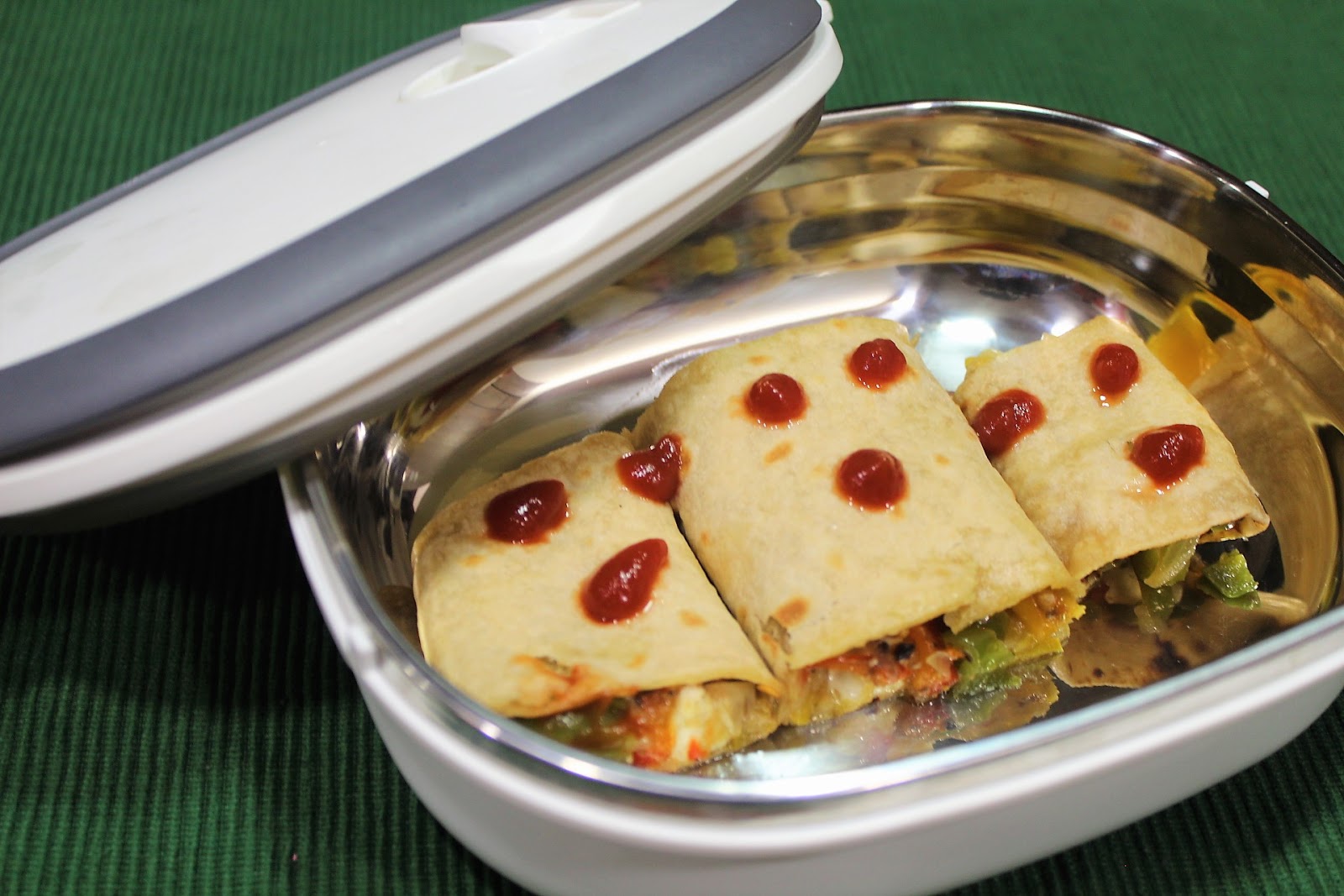
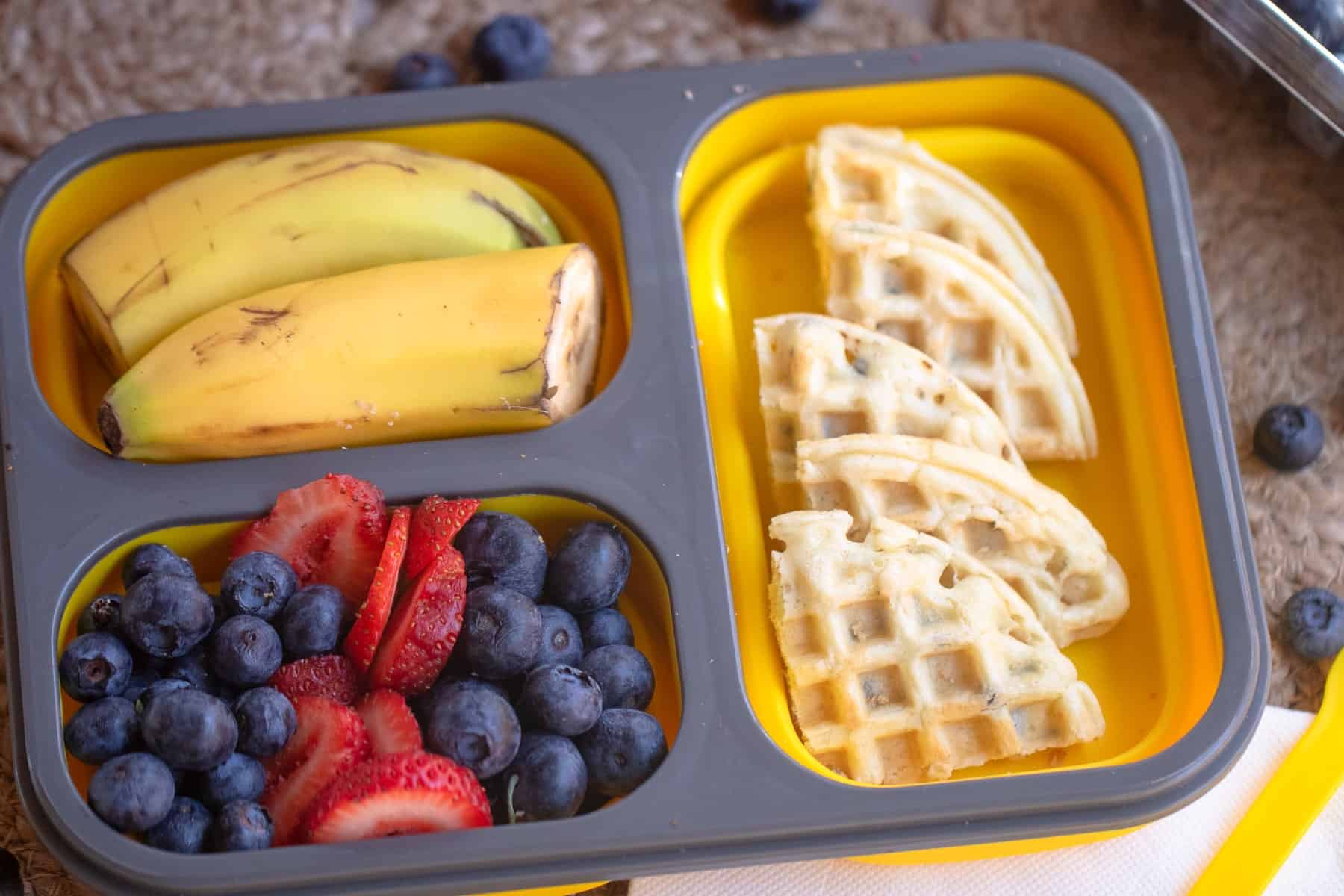
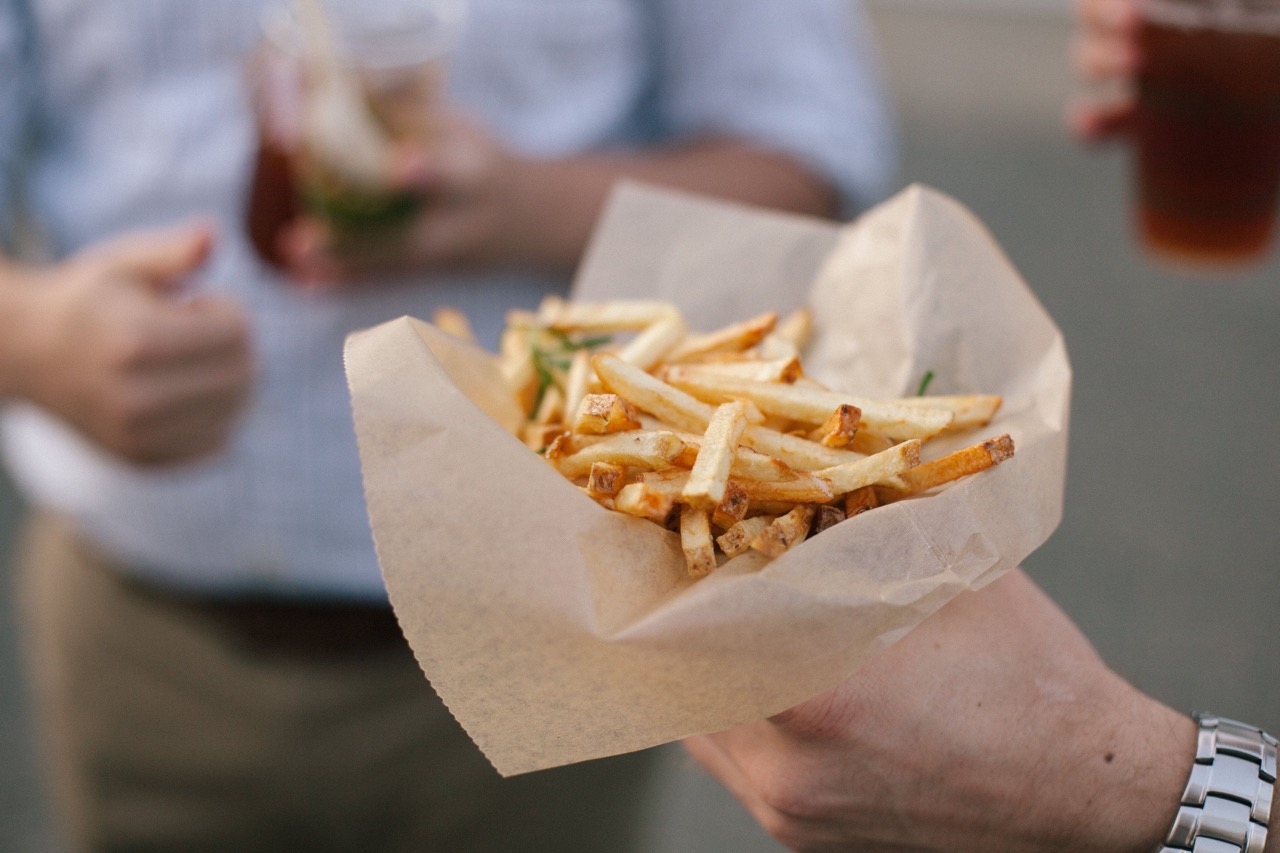
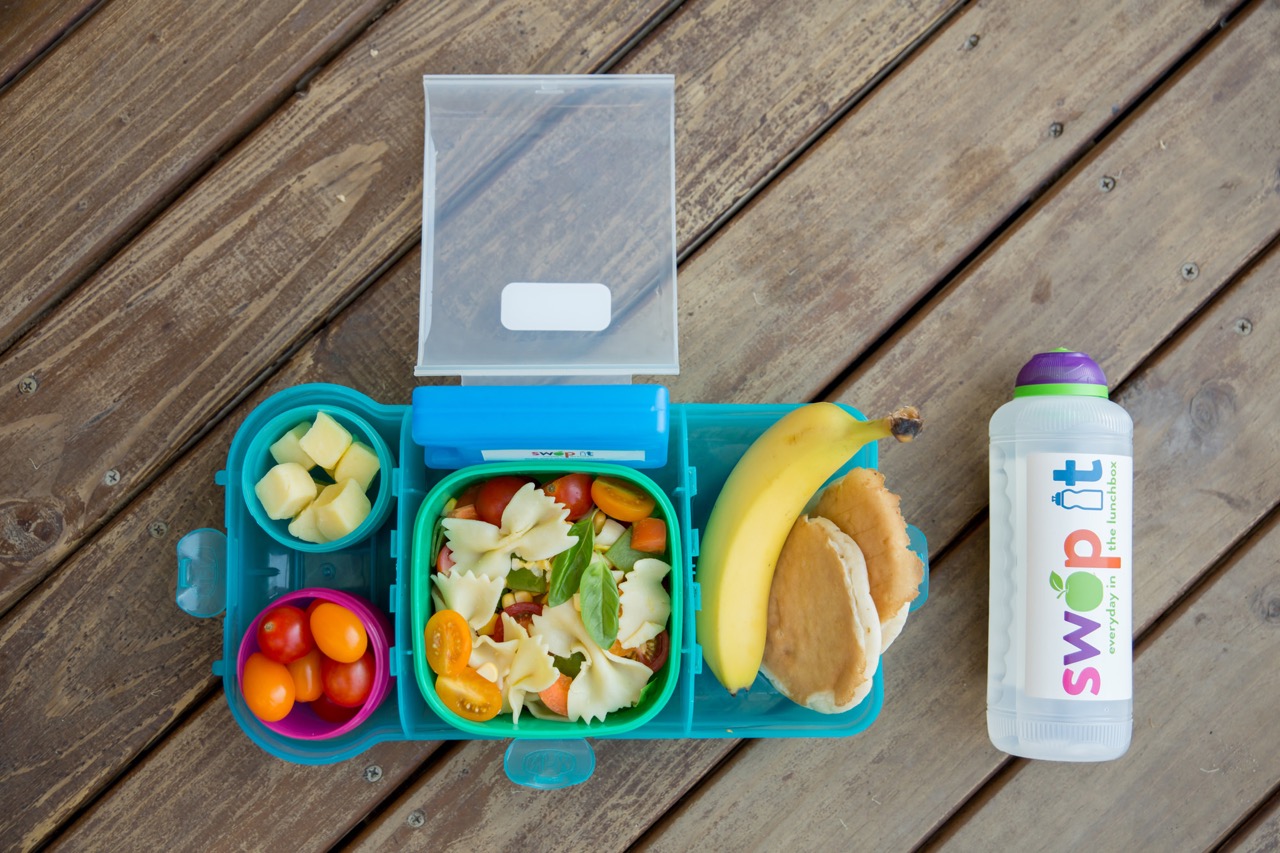
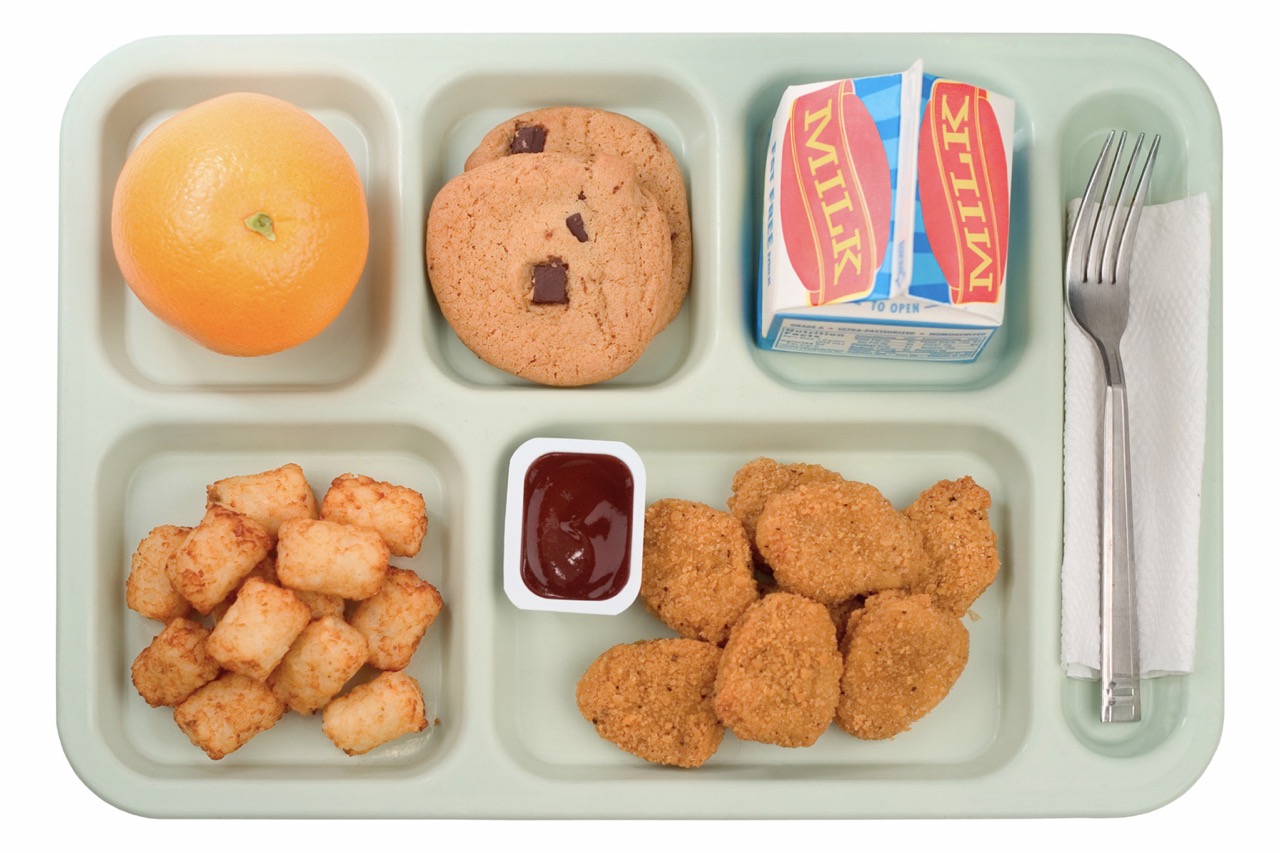
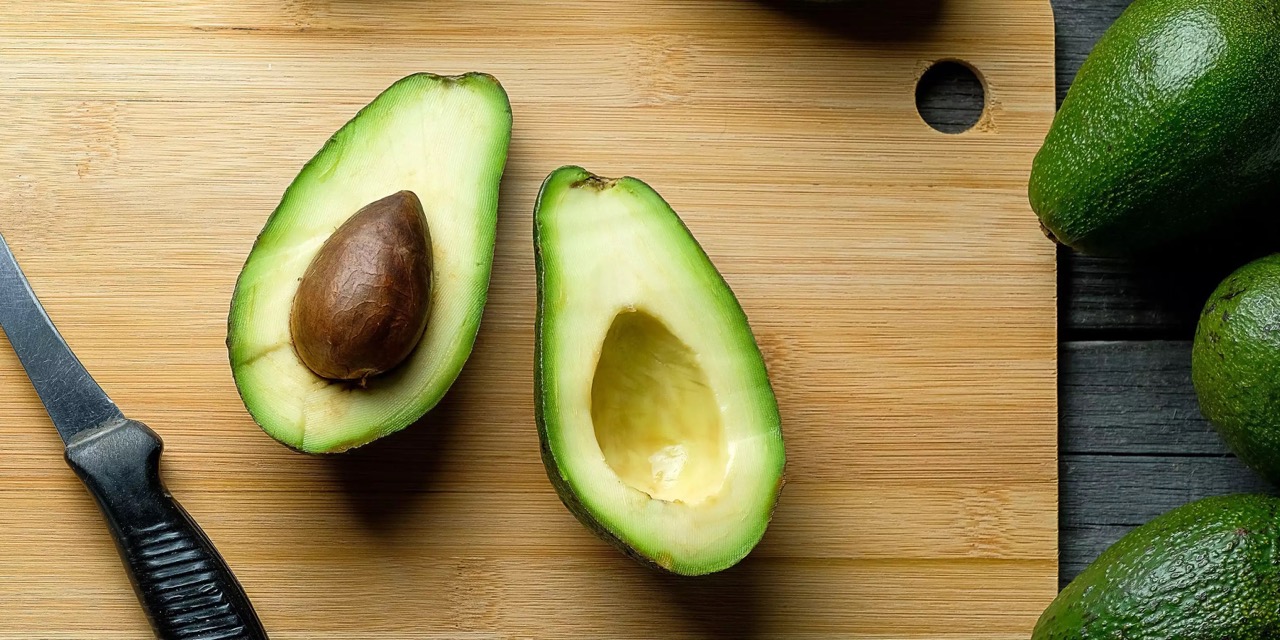
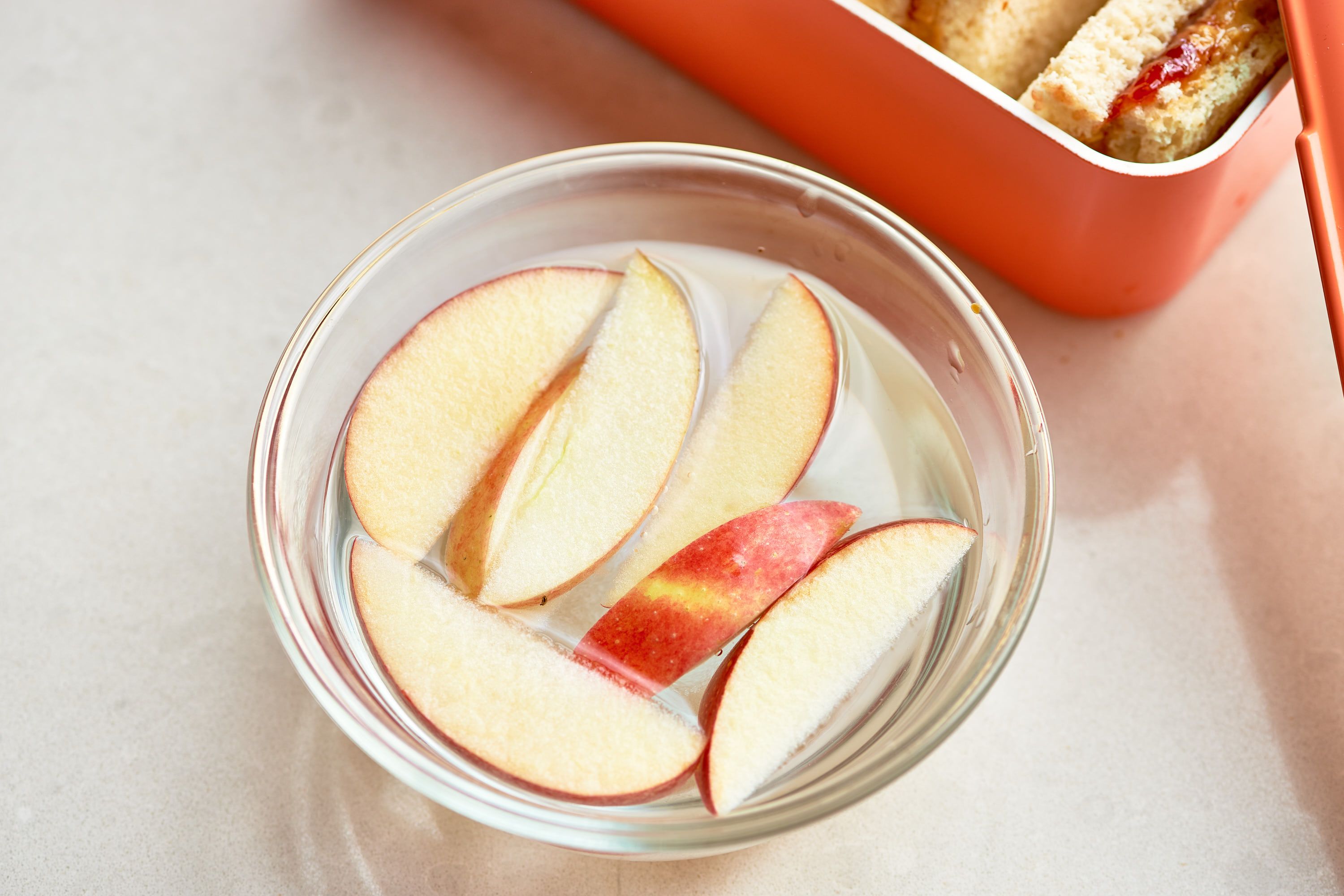
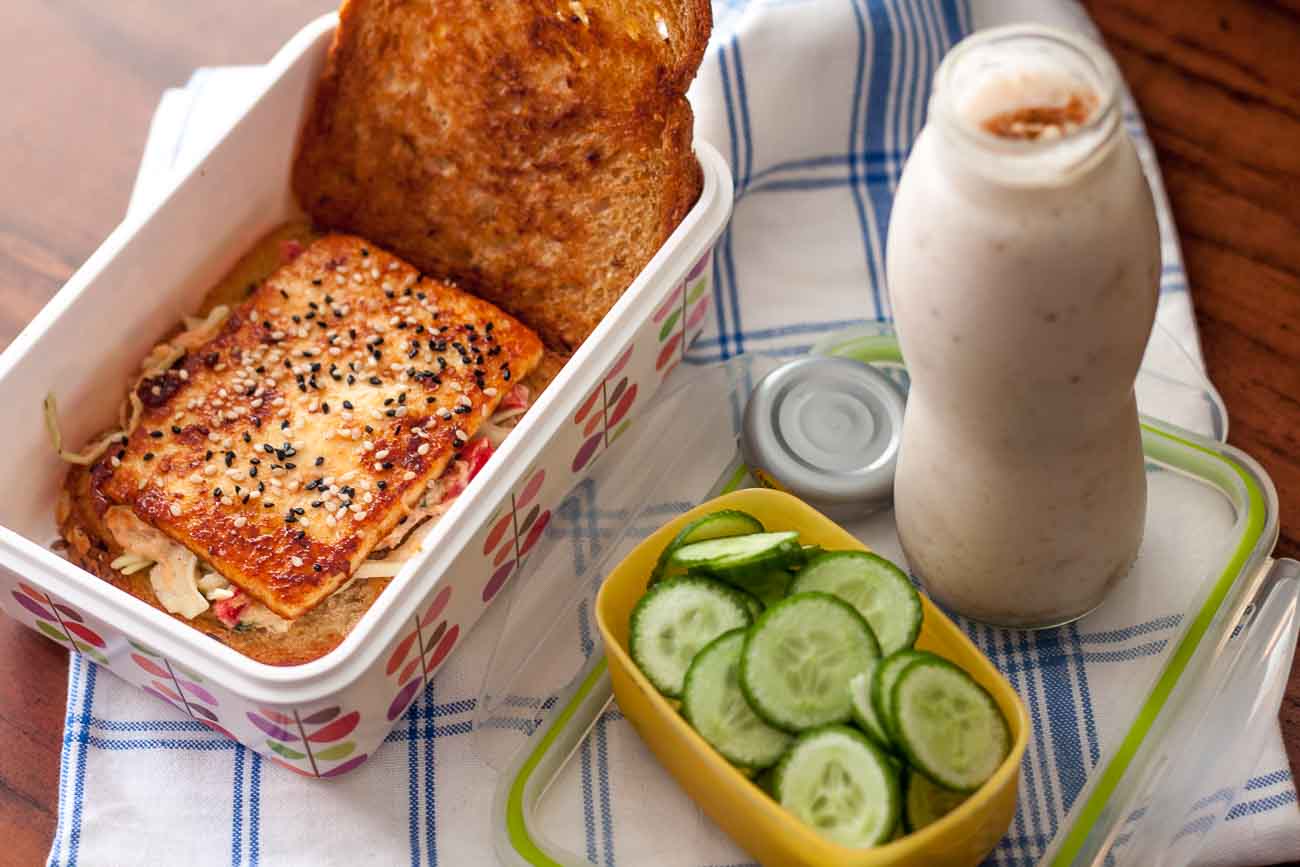
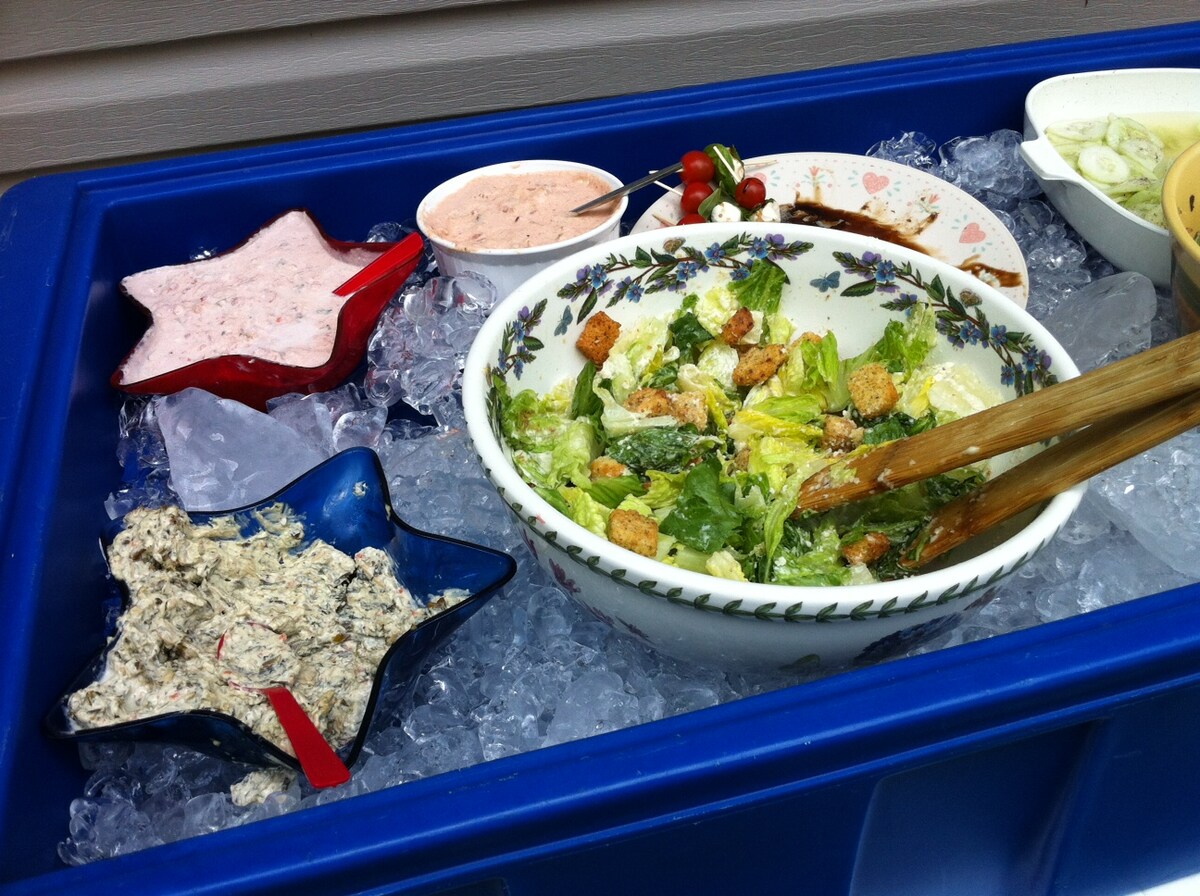
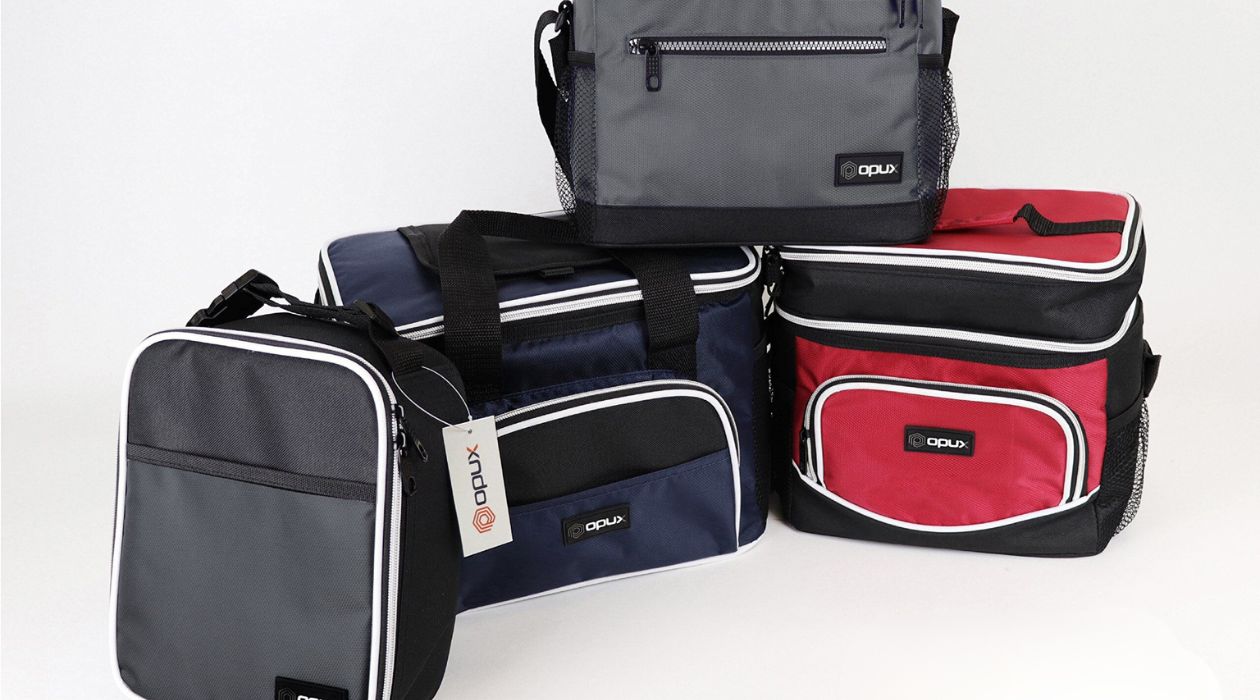
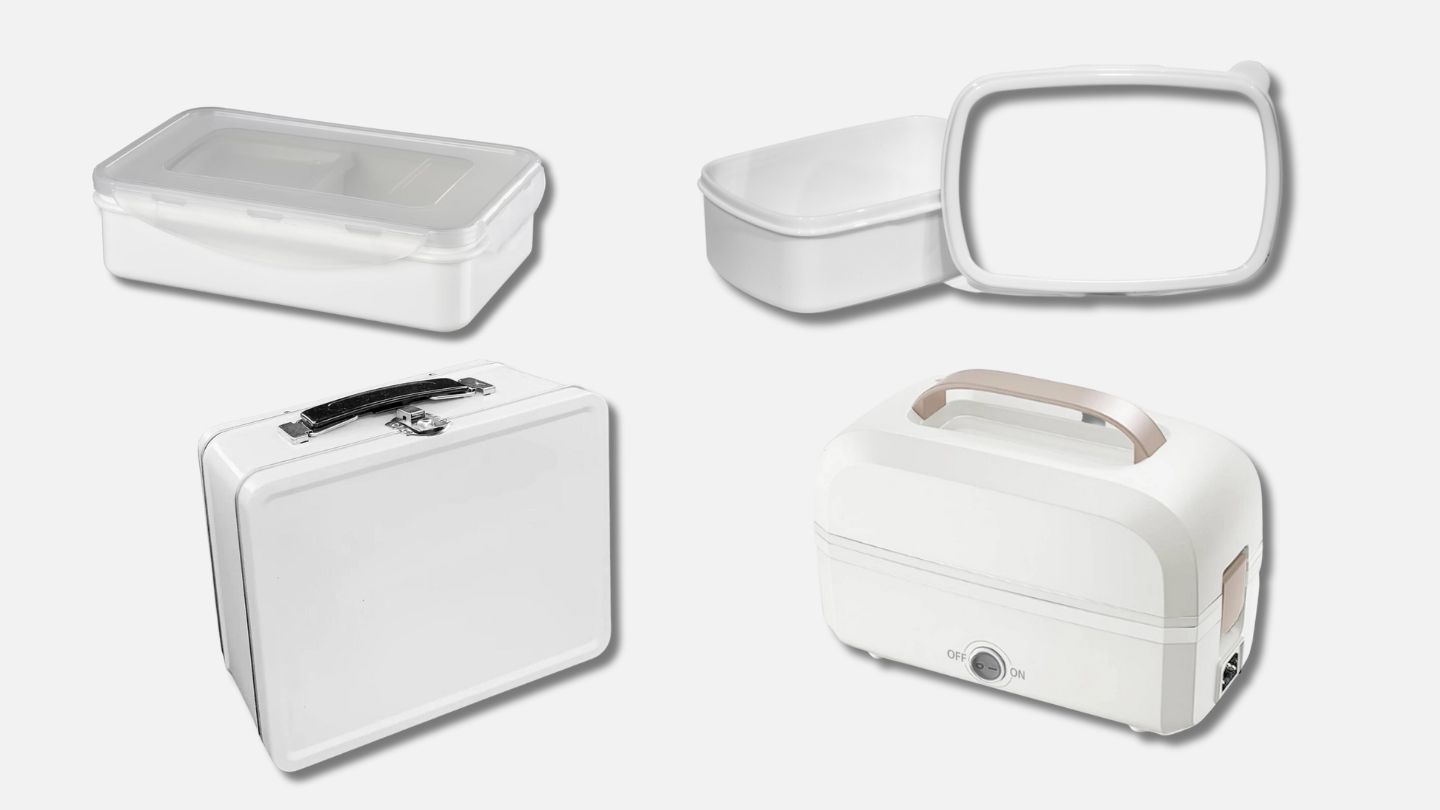
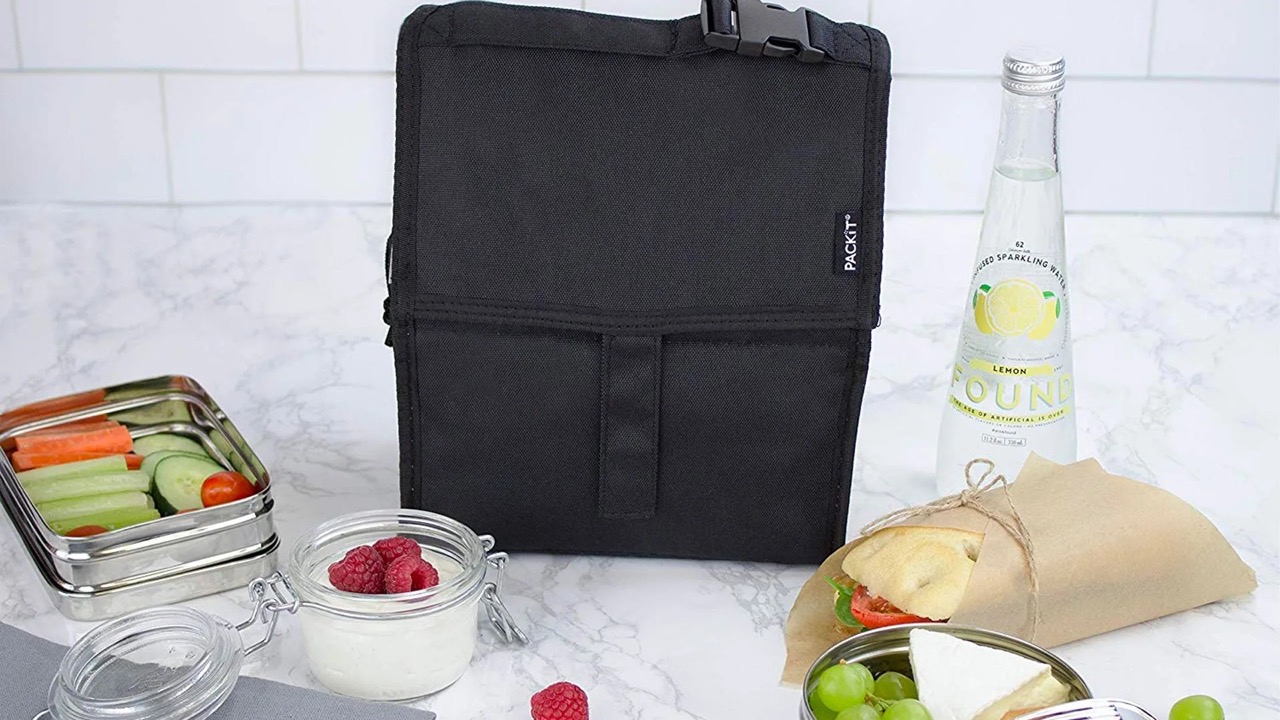

0 thoughts on “How To Keep Food Cold In A Lunch Box”